Straight off, I should tell you – jewellery is kind of one of my obsessions. As in, I feel naked without any, and there’s probably no gift you can give me – from a pretty costume piece that will fall apart after I’ve worn it for six months to something in a little blue box – that I’ll appreciate more. But one of the things I love most is how some pieces become iconic to their wearers. Take my mom. She decided against having an engagement ring, and instead got a statement gold wedding band – a chunky piece of 1970s gold that is so completely ‘her’ that I can’t imagine her without it. And that’s what your engagement/wedding ring should be – after all, it’s the one piece you are going to wear every day for the rest of your life. Which is probably why so many brides nowadays help to pick out their rings or have them custom made. But once you start looking, you’ll realise there’s a whole world of diamond engagement ring terminology that you and your fiance need to be aware of. Well, worry not, because SBB is here to help you, along with our friends at Chris Winspear Design Jewellers (based in Gauteng, but able to service clients throughout South Africa). A very welcome addition to our sponsorship team, Chris Winspear Design Jewellers has everything you need for your big day, from engagement and wedding bands (including a range of breathtaking coloured stones) to gifts for the wedding party such as cufflinks and charms. Today we’re showcasing just some of their lovely stock to illustrate our guide.
The first thing you’ll need to get to grips with is the 4Cs of diamonds: cut, colour, carat and clarity. The value of a diamond is determined on a sliding scale that takes all of these four factors into account. Cut refers to the shape of a diamond (brilliant, princess, etc.) as well as its proportions – i.e. how well it has been physically cut to its shape. If a stone has been cut too deep or too shallow, it will lack ‘life’ and ‘fire’, so the better the cut, the more valuable the diamond will be. Grades range from ideal and premium cuts to fair and poor ones, where the brilliance is sacrificed for increased carat weight. Colour refers to the degree to which a diamond is colourless (less colour being better). Note that rare “fancy” coloured diamonds don’t adhere to this rule and are in fact more valuable for their colour. Carat is the unit of weight by which a diamond is measured – as you probably already know, the bigger, the more expensive. One carat is equal to 0.2 grams. (Note that carat differs from karat – the purity grade of gold.) Finally, Clarity refers to the size and visibility of internal flaws (called “inclusions”) and external blemishes in a diamond. These range from air bubbles and cracks to scratches and chips. Grades range from F (flawless) to I (included), but everything up to the S grade is not apparent to the naked eye.
Picking your diamond will depend on which of the 4Cs you value most (for example, would you rather have a smaller, shinier diamond, or does size matter?) along, of course, with your budget, but generally jewellers advise you to buy the best diamond you can afford. It’s always best to have the advice of an expert in making the decision, and often a diamond can be set to show off its best qualities. The team at Chris Winspear Design Jewellers will happily guide you through the design process of your perfect piece of jewellery.
Of course, shape is an important aspect in your choice of design, and there are many pretty options to suit your style and personality. Round brilliants are most common and cushion cuts are gaining in popularity, but if you’d like something a bit different, you might want to try an oval, an emerald or a pear cut, for example. Or try on a few and see what you fall in love with! Do bear in mind the wedding band when you make your choice, as this will of course affect the total look once you’re married and may limit your options.
Once you’ve picked out your diamond, it’s time to consider the setting. Here are some common terms you’ll need to be aware of.
Prong or claw settings are most popular – they remind me of old school glamour, so I personally love them. The advantage is that they allow more of the diamond to show (and shine) and are easy to clean, but the disadvantage is that they can catch on hair and clothing.
Another popular modern option is a tube setting, where the diamond is completely or partially encircled by a metal collar that holds it securely in place. For someone who has an active lifestyle, it’s an ideal setting, and it can be used to hide flaws in a diamond. The disadvantage is that it has a slightly lower level of light passing through the diamond.
The third setting commonly used for solitaires and main stones is the tension setting, where a diamond is held in place by the pressure of the metal band. Cheaper tension-style settings can also be used, which look similar but use a bridge (invisible when viewed from the top) to hold the diamond in place.
If you choose not to have a solitaire diamond, you may prefer to have a melée setting, where the centre stone is surrounded by a number of smaller diamonds. A popular way to achieve this is a pavé setting, where stones are set close together to create a sort of paved effect. They’re held in place with nearly invisible metal beads, so the surface looks continuous and uninterrupted. Other popular melée settings are the channel and shared prong settings.
One option for this kind of ring is to buy a semi-mount – a ring already set with diamonds, gems or engravings but missing the central stone, which you then choose.
Of course, the other option is to opt for a multi-stone setting, where there are two or more featured stones instead of just the one. How spectacular is this black diamond trio above? I’m in love!
As mentioned above, the best option is for you to consult directly with a jeweller who can not only guide you through these options but make the kind of creative suggestions that will make your wedding rings something that, like my mom’s, becomes part of your personal style.
Chris Winspear Design Jewellers
www.chriswinspear.com
+27 (0)11 2623603
More SouthBound Guides:
- A SouthBound Guide to Flower Meanings
- A SouthBound Guide to Wedding Cake Terminology
- A SouthBound Guide to Bouquet Types
- A SouthBound Guide to Veil-speak

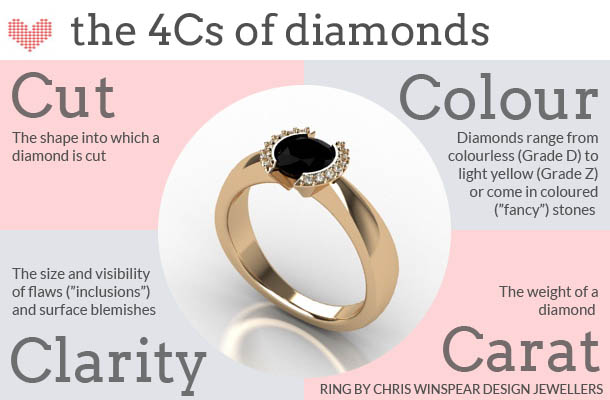
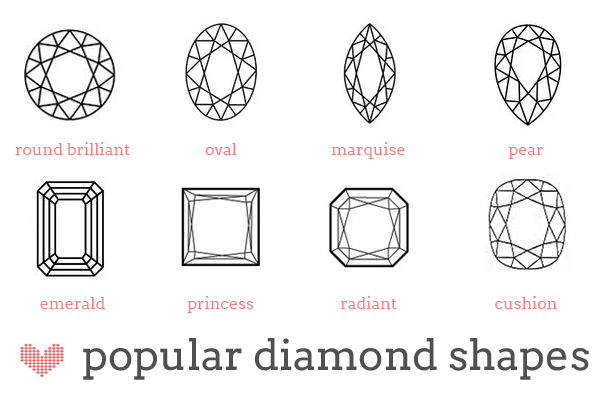
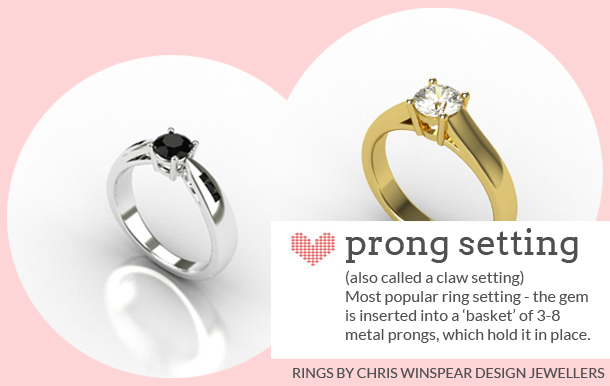
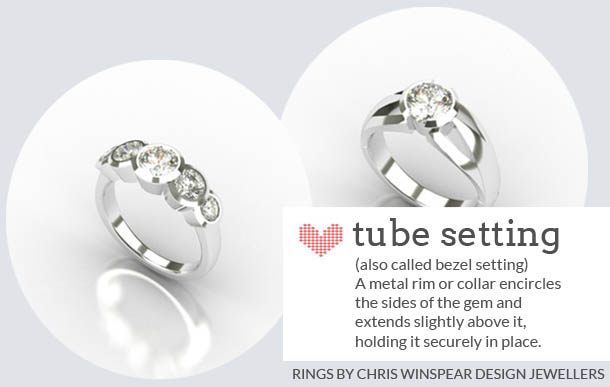
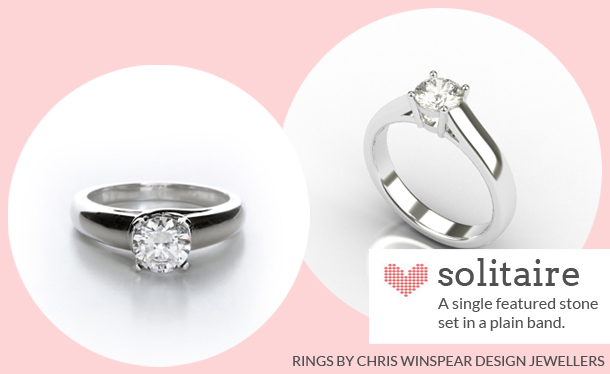
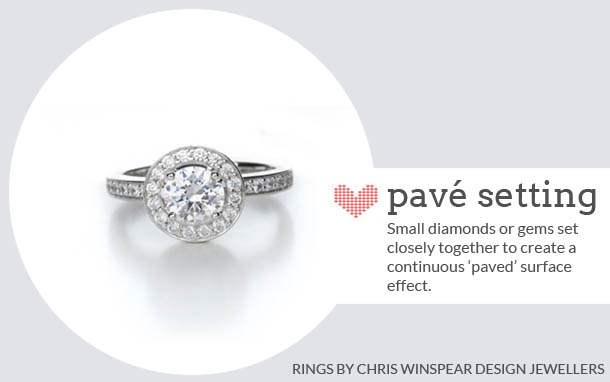
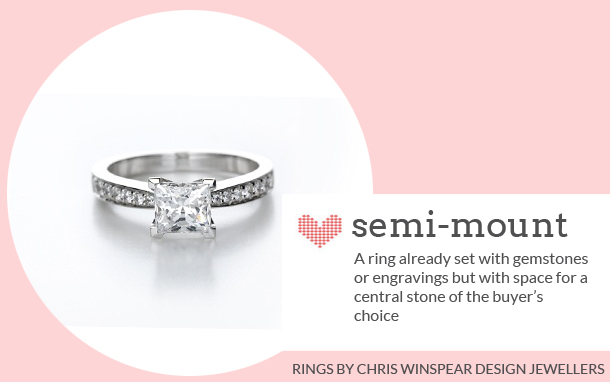
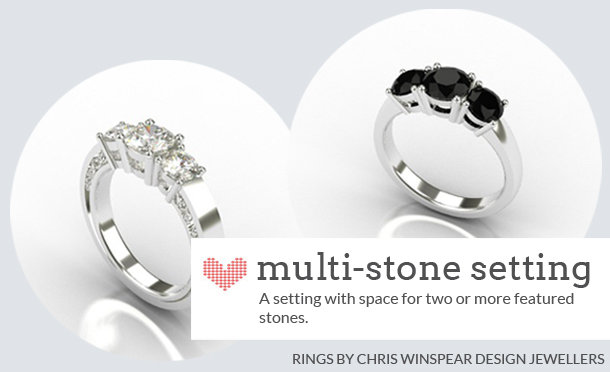


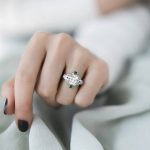
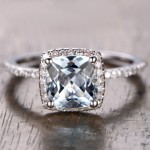
Comments are closed.